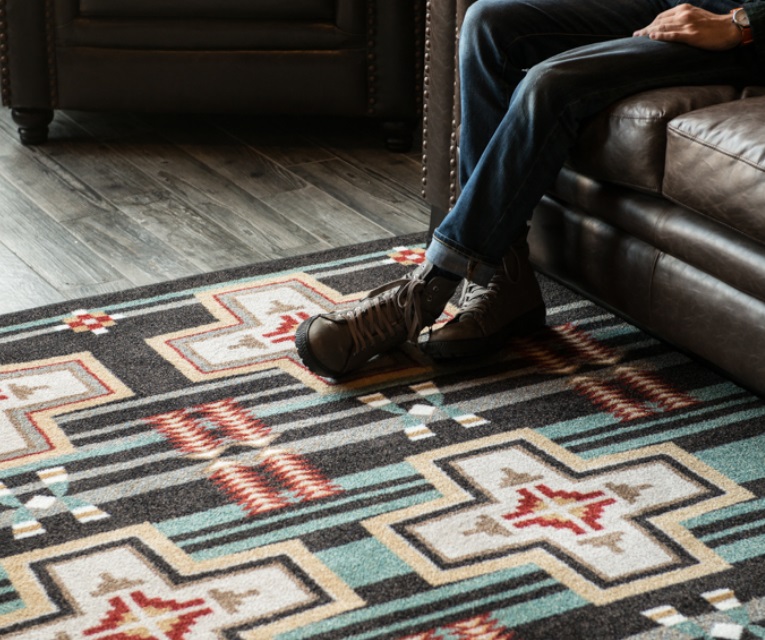
area rugs native american design
Nevertheless, some weavers still practice the more difficult twill weaves, including rare two-faced weavings which have a different twill pattern on each side. In the 1960s, weavers in the area of Coal Mine Mesa in Arizona popularized an unusual technique called Raised Outline in which the joints between color areas are thicker and appear to rise above the surface of the weaving. Most raised outline rugs also use the technique of alternating single weft threads of two contrasting colors. When tightly battened, they give the appearance of very thin stripes running parallel to each warp thread. As with any collecting specialty, there is so much to learn about Navajo weaving that it can seem overwhelming for the beginner.


